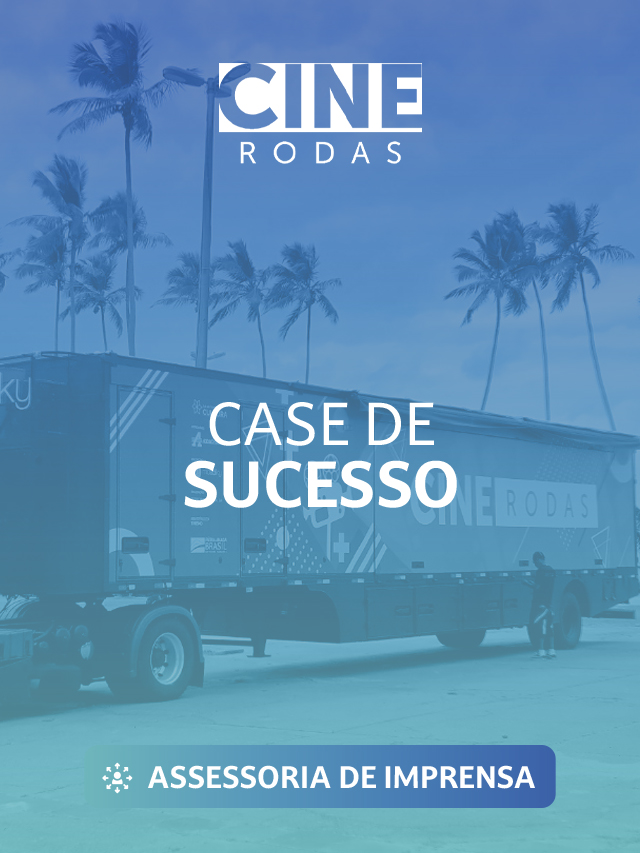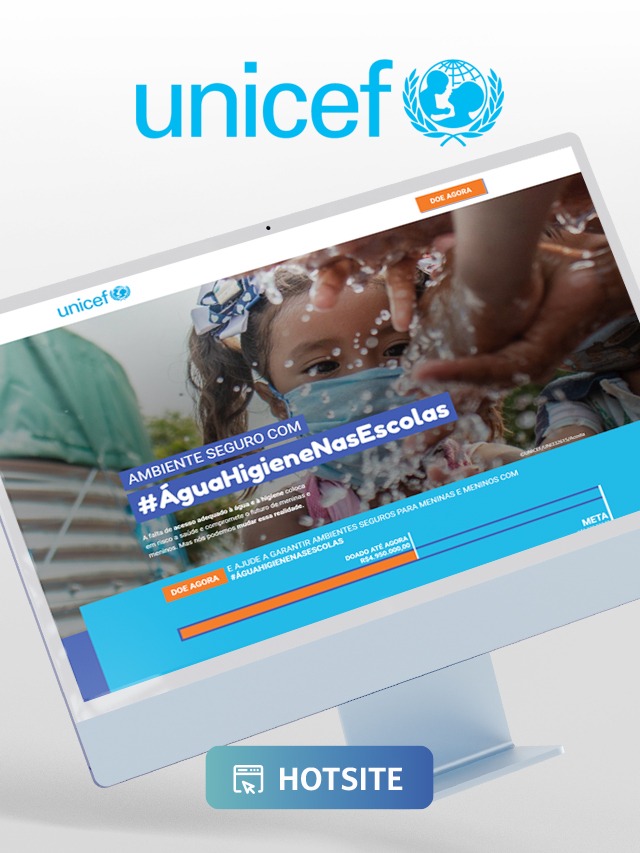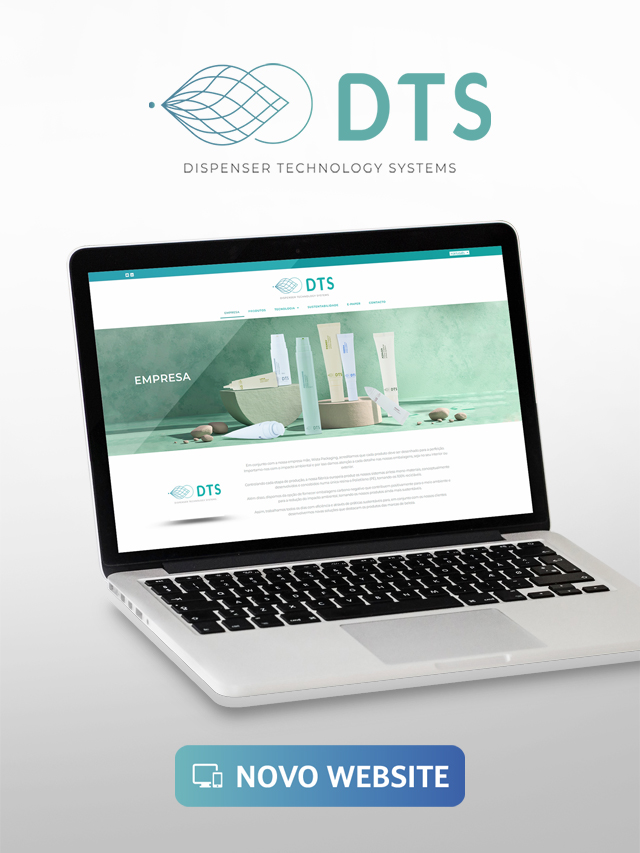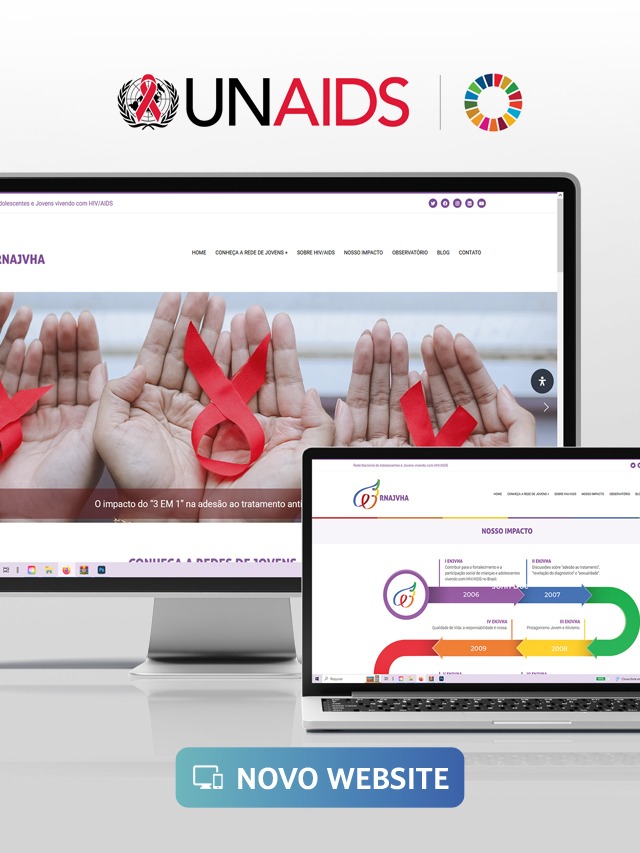Qualifying leads is a crucial task for sales teams. In order to perform this task properly, many techniques can be applied, and one of them is BANT.
BANT is a methodology that allows salespeople to identify the leads most likely to close a sale. This method consists of four steps that help in the selection of ideal leads to be approached by salespeople.
Applying this technique can significantly optimize the sales team's time and make lead qualification more accurate. If you want to know more about this technique and how to implement it in your company, keep reading this article!
What is BANT?
BANT is a methodology used to qualify potential customers. This technique has been widely used in marketing and sales for a long time and continues to demonstrate its value.
The process focuses on four criteria that help identify whether a lead has the real potential to become a customer. These criteria give the technique its name: Budget, Authority, Need, and Timeframe.
This approach was developed by the multinational technology company IBM (International Business Machines Corporation) in the 1960s. Since then, the tactic has been applied in several areas, from financial services to software sales. Without a doubt, this is a useful methodology for anyone involved in sales or marketing.
Steps of the BANT method
As mentioned earlier, the BANT process comprises four steps. Below, I will explain each of the elements of the methodology and how they can be used to qualify customers:
Budget
The first criterion to qualify a lead is to determine if he has enough resources to purchase your product or service. This requires understanding the customer's budget, asking questions about their billing, average ticket, number of customers, among others.
To determine if the lead has enough budget to buy your product or service, you can ask a few questions, such as:
- What is the available budget for this solution/project?
- How much have you invested in similar solutions in the past?
- Is the budget flexible or fixed?
At this stage, it is important to obtain information about whether the customer has sufficient resources for acquisition and what is the budget available for this.
Authority
The second criterion is to verify if the lead has the necessary authority to make a purchase decision. You need to understand who makes purchasing decisions in the organization and ensure you are communicating with the right people.
Authority can vary by company and industry, so it's important to understand who is responsible for making the decision in each case. Some questions to ask the lead are:
- Who is responsible for making the decision on this project?
- Are you the person who makes the final decision, or are other people involved?
- What is the decision-making process at your company?
When completing this step, it is essential to be sure with whom you are communicating and ensure that it is someone with decision-making authority.
Need
The third criterion is to assess whether the lead has a real need for the product or service offered. You need to understand the customer's needs and ensure that your solution can meet them.
Asking open-ended questions is important for understanding customer needs and ensuring your product is the solution to their problems. Some examples of questions to ask at this stage are:
- What are the biggest challenges and problems you currently face?
- What do you hope to achieve with this solution/project?
- What will be the impact of this solution/project on your business?
Before finalizing this step, it is important to make sure that you have understood all the needs of the lead and that your solution can solve their problems.
Timeframe (Deadline)
The fourth and final criterion is to understand the deadline for the purchase. It is necessary to know if the customer has a specific deadline to purchase the product or service.
This step can be important as it affects the urgency of the sale and the sales strategy. Some questions that can help determine the urgency of the customer to hire the solution are:
- How soon would you like the solution to be implemented?
- How long does your team usually take to adapt to new projects?
- Are there any deadlines that need to be met?
This aspect is important to understand the lead's expectations regarding deadlines. In addition to understanding the customer's urgency to acquire the product or service, it is essential to explain issues related to implementation time and first results.
Using BANT to qualify customers
To use the BANT methodology to qualify customers, you need to ask the right questions. When communicating with a lead, you need to ask questions that help evaluate each of the BANT criteria.
So that the person responsible for this qualification can determine whether or not the lead can be forwarded to a salesperson, he needs to analyze the responses obtained. It is important that the lead has satisfactorily answered at least three of the evaluated steps.
Pre-sales can assign points to the lead according to each phase. In this way, the seller will receive leads with the highest possible number of BANT criteria met, that is, three or four among the evaluated criteria.
Extra tips for successfully applying BANT
Here are some additional tips for applying the BANT technique properly and effectively by the pre-sales team:
Define the BANT criteria: As mentioned earlier, the BANT represents the criteria of budget, authority, need, and time. Create a detailed list of criteria a lead must meet to be considered qualified for your company.
Create a lead qualification form: this form should include specific questions to determine if the lead meets the BANT criteria. Also, it should be simple and easy to fill out, yet provide useful information for the sales department.
Establish a scoring process: Assign points for each form response you create. For example, if a lead has an adequate budget to buy your product or service, he receives a higher score than those who do not have a defined budget. Establish a minimum score threshold for a lead to be considered qualified and forwarded to the sales department.
Pay attention to the lead budget: if the lead does not have an adequate budget, no sale will be completed. Even if this lead scored well on the other three BANT steps, it still shouldn't be routed to the sales team.
Don't discard leads right away: even if the customer does not present the necessary budget to close a purchase with your company, do not discard it immediately. It's important to nurture it with content to strengthen the relationship. Contact again and run the BANT process again. After following your company for a while, it is possible that he will realize the value of your solution and be willing to invest what is necessary to obtain your product or service.
Work together with marketing: by having the collaboration of the marketing department, you ensure that more qualified leads are being generated for pre-sales. That way, your BANT approach will align with your overall marketing and sales strategy.
Follow the results: track the results of the lead qualification process and make adjustments as needed. Keep your CRM always up to date and monitor the data. This way, you can check if the methodology is working or if it needs some improvement.
These were some important tips to consider when qualifying leads using BANT. This methodology can help identify qualified leads and increase the effectiveness of your company's marketing and sales actions.
When implementing the technique, remember that each lead is unique and may have different needs and challenges. Therefore, adapt the technique to meet the specific needs of your leads and adjust the criteria as needed.
Now that you know that the BANT methodology is a useful technique for qualifying customers and can help you determine if a lead has the potential to become a customer, it's time to put it into practice!





























